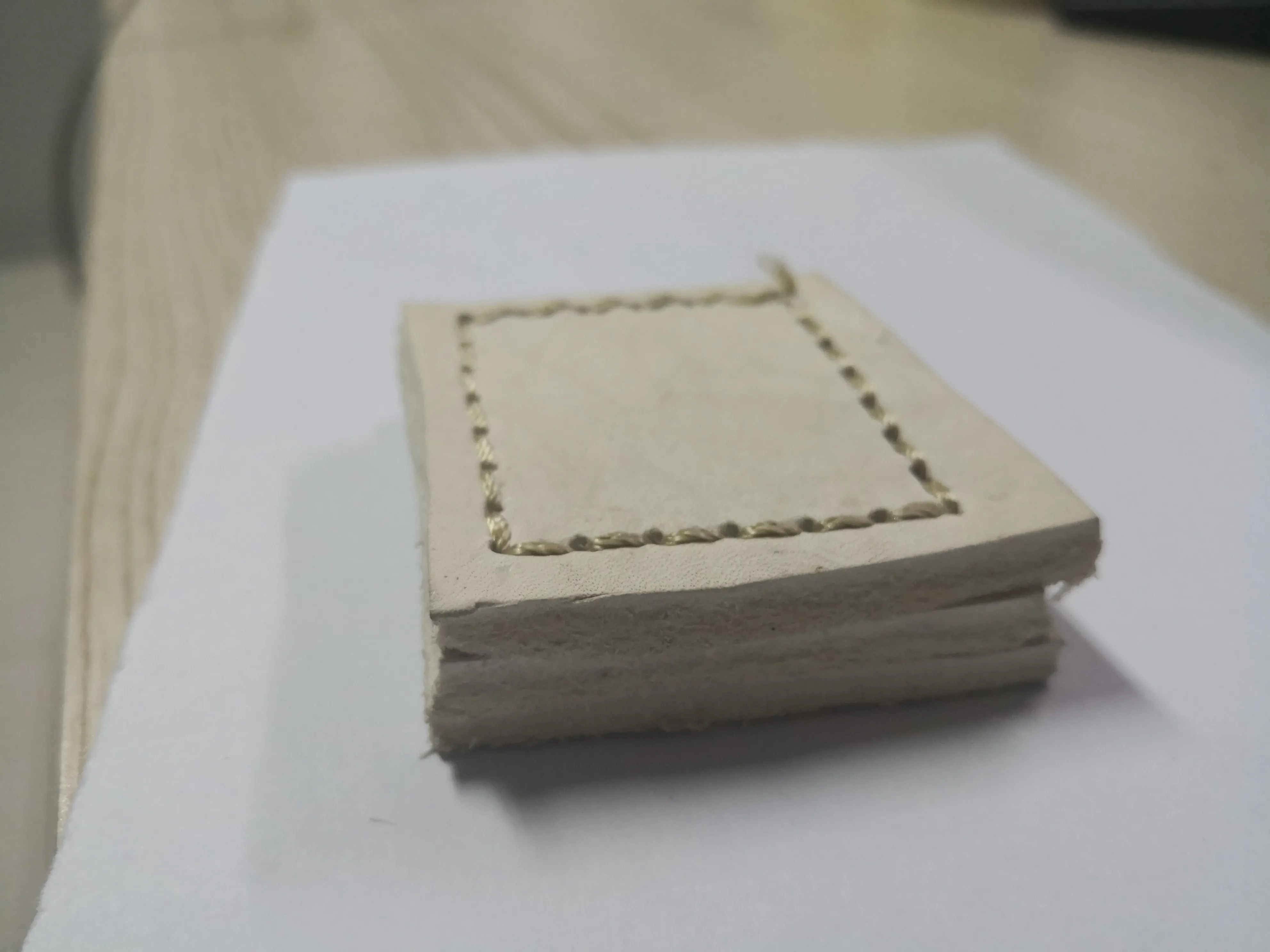Exploring the Future of Fashion with Digital Sewing Technologies and Innovations
Digital Sewing The Future of Fabric Crafting
In the rich tapestry of human creativity, sewing has held a prominent place for centuries. From the simple act of mending a torn garment to the intricate artistry of haute couture, sewing has evolved alongside technology, shaping our culture and our wardrobes. Today, in the era of digital transformation, we find ourselves at the intersection of traditional craftsmanship and technological innovation, a evolution aptly encapsulated by the term digital sewing.
So, what exactly does digital sewing entail? At its core, it involves the integration of digital technology into the sewing process, revolutionizing how we design, create, and produce textile items. This digital era has paved the way for a plethora of tools and techniques that enhance creativity, streamline workflows, and improve the overall sewing experience.
One of the most significant advancements in digital sewing is the implementation of computer-aided design (CAD) software. This technology allows designers to create intricate patterns and detailed designs on their computers. Unlike traditional methods that rely on manual drafting, CAD software provides tools for precision and scalability, enabling designers to experiment with colors, textures, and dimensions with ease. This digital approach not only speeds up the design process but also minimizes material waste by allowing designers to visualize their creations before they are made.
In addition to CAD, the rise of 3D printing in the textile industry is another game-changer. 3D printing technology enables the creation of complex garments and accessories that were previously unimaginable. Designers can produce intricate lace patterns, unique structural elements, or even entire outfits in a matter of hours. This technology fosters innovation, allowing for limitless possibilities in fashion design. It even breaks geographical barriers; a designer in one part of the world can collaborate with a manufacturer in another, creating a seamless production process.
digital sewing

Moreover, digital sewing has brought about the phenomenon known as print-on-demand (POD)
. This system allows consumers to order custom-made clothing that is produced only after the order is placed. POD not only eliminates the need for excessive inventory but also empowers consumers to express their individuality through personalized designs. As consumers increasingly gravitate towards sustainable practices, POD supports the idea of conscious consumerism by reducing waste and optimizing resources.The integration of smart technology into sewing machines has also transformed the landscape of digital sewing. Modern sewing machines come equipped with features such as touch screens, automatic thread cutters, and built-in embroidery capabilities. These advanced machines can connect to the internet, allowing users to download new patterns, share designs, and access a wealth of online tutorials. This connectivity creates a vibrant community of sewing enthusiasts, fostering collaboration and inspiration among users.
As we explore the potential of digital sewing, it is essential to recognize its role in education and skill development. Many educational institutions are now incorporating digital sewing technologies into their curricula. Students are learning not only the traditional techniques but also the digital skills required in the modern textile industry. By blending the old with the new, educators are equipping the next generation of designers, makers, and innovators with the tools they need to thrive in a competitive environment.
However, while digital sewing presents numerous benefits, it is crucial to acknowledge the challenges that come with this transition. The reliance on technology may alienate some traditional artisans who feel that the artistry of sewing is being overshadowed by machines. There's also the consideration of the digital divide, where access to advanced technology may not be equitable for all aspiring designers and crafters.
In conclusion, the emergence of digital sewing marks a significant milestone in the ever-evolving world of textile design and production. By embracing technology, we can enhance creativity, streamline processes, and promote sustainable practices within the industry. As we move forward, it’s vital to strike a balance between tradition and innovation, ensuring that the art of sewing continues to flourish in this digital age. Whether you are a novice trying your hand at sewing or an experienced designer exploring new horizons, digital sewing offers endless possibilities, connecting us all through the thread of creativity.
-
Industrial Cylinder Arm Sewing Machine: Revolutionizing Heavy-Duty SewingNewsJul.28,2025
-
Cylinder Arm Sewing Machine: Perfect for Special Sewing ApplicationsNewsJul.28,2025
-
Cylinder Bed Sewing Machine: Essential for Sewing Complex MaterialsNewsJul.28,2025
-
Heavy Duty Sewing Machine: The Essential Tool for Industrial ApplicationsNewsJul.28,2025
-
Computerized Pattern Sewing Machine: Revolutionizing Precision StitchingNewsJul.28,2025
-
Heavy Duty Industrial Sewing Machine: Power Meets PrecisionNewsJul.28,2025
-
Leather Sewing Machine: The Industrial Standard for Tough MaterialsNewsJul.18,2025





























